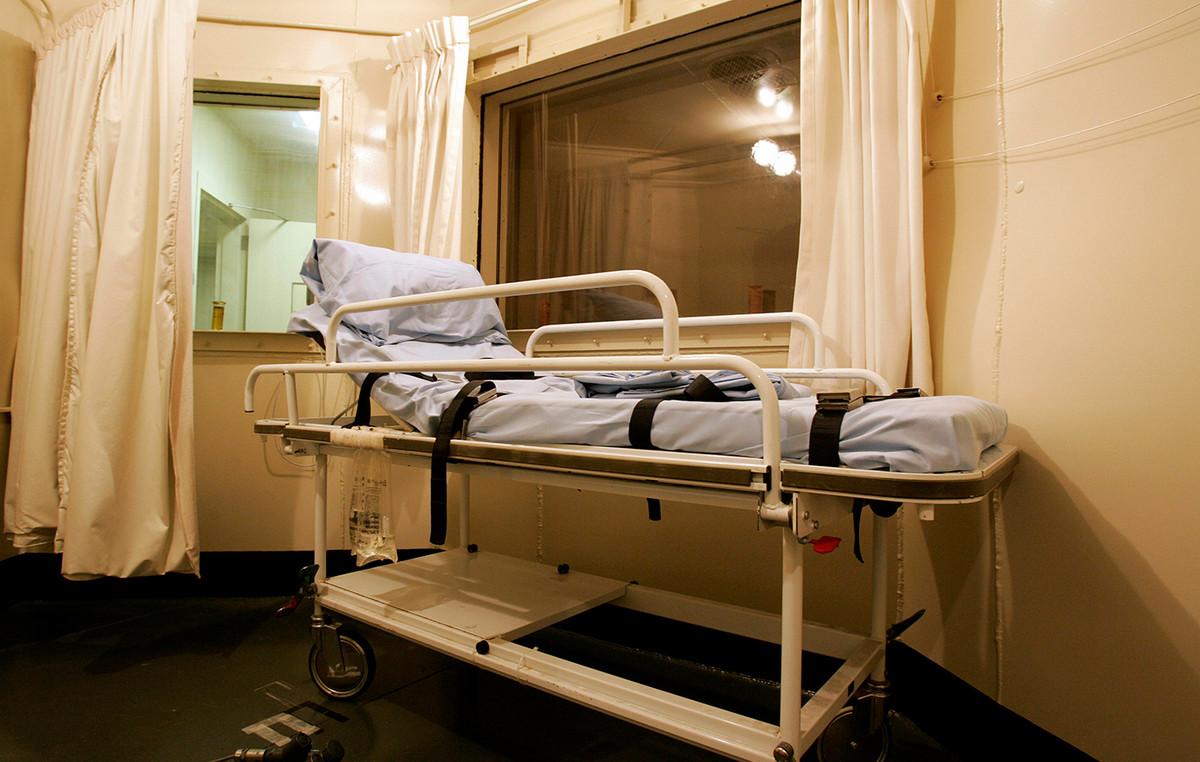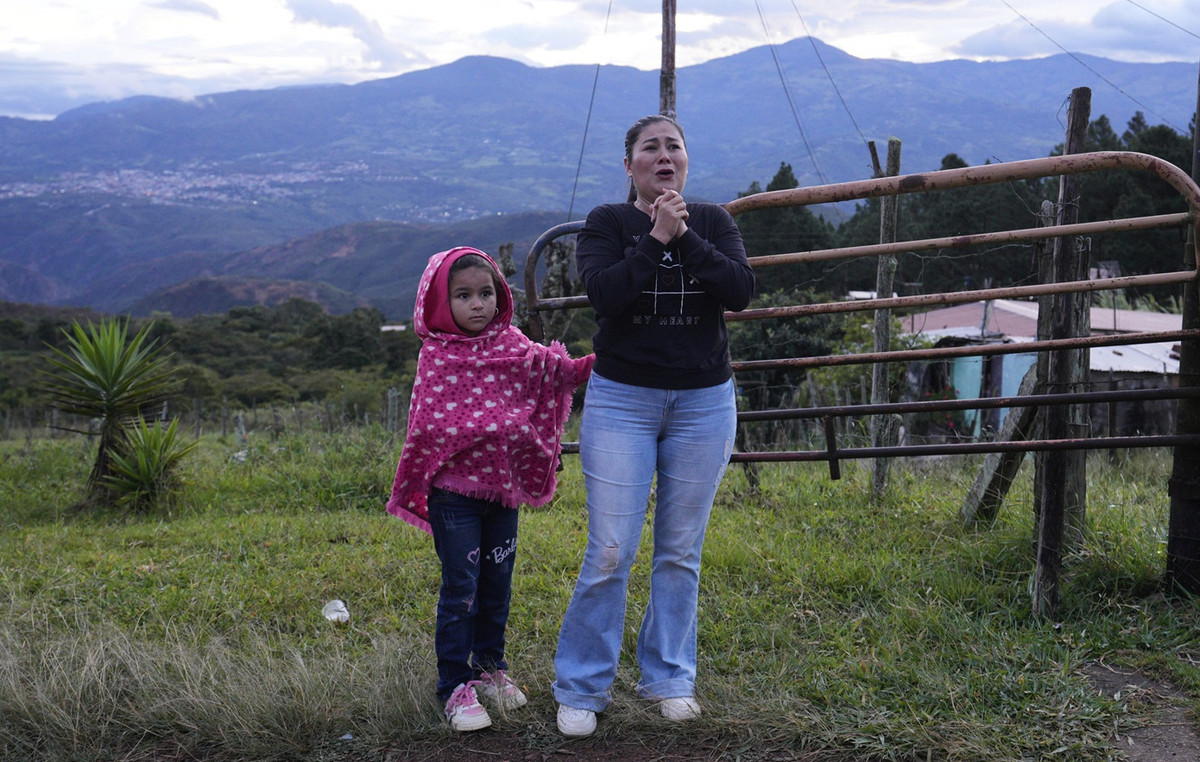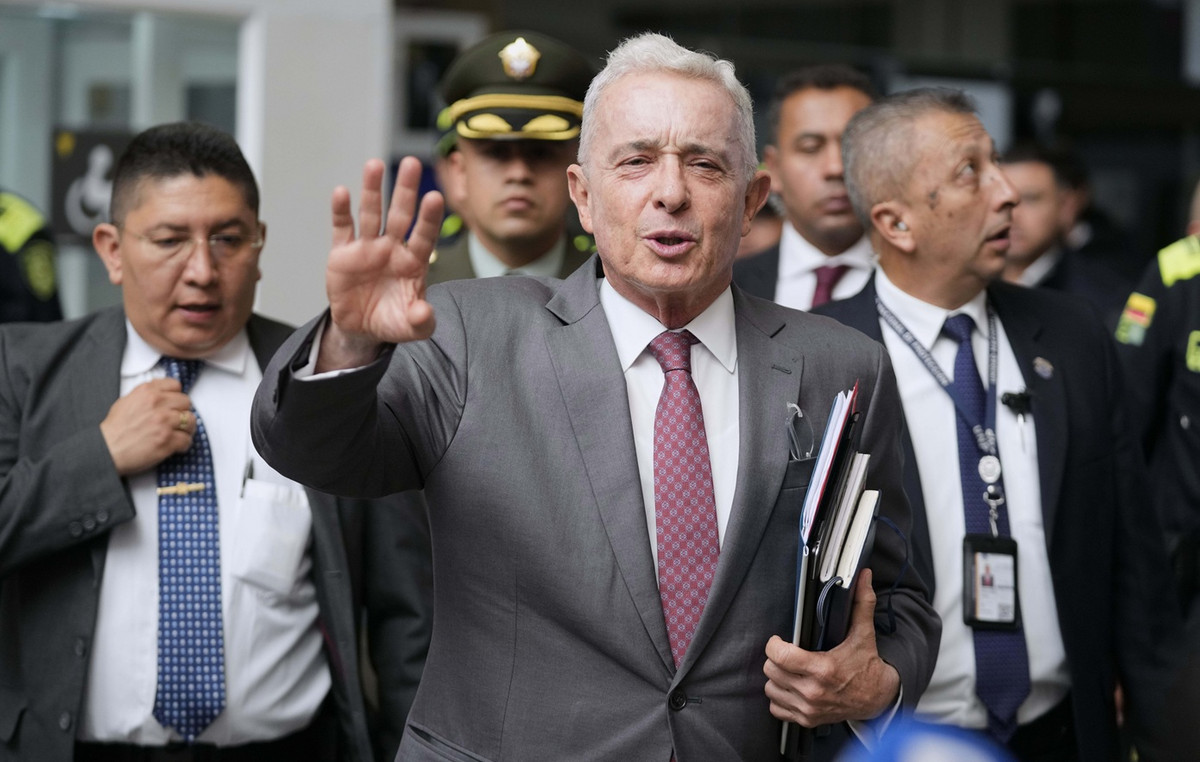Inflation started the year on a high, but at a slower rate than at the end of 2021. For 2022, the outlook is for prices to rise at a rate that is half of that recorded in 2021.
Despite the loss of breath registered in January and also expected for the end of 2022, economist Guilherme Moreira, coordinator of the Consumer Price Index (IPC) of the Economic Research Institute Foundation (Fipe), recalled that, in three years, including this one, inflation should accumulate a high of more than 20%.
Below are the main excerpts from the interview.
How do you assess the pressure of food on inflation at the beginning of the year?
The main contributions to 2021 inflation came from energy, mainly electricity and gas, transport, on account of fuel and car prices, and food. These three items accounted for 80% of last year’s inflation. As we enter this year, these effects continue. It’s not because the calendar turned around that they will stop.
In the case of food, there are three pressure factors. Processed foods, which rose more than 1% a month over the entire last year because they incorporated increases in industry costs, such as packaging, freight, energy, continue on this upward trajectory.
There are climate issues that have affected food production in natura in January, such as vegetables. There are also pressures from animal proteins. Beef continues to rise due to low supply here and high demand abroad.
Besides food, what are the other sources of pressure for inflation?
Transport prices are uncertain. There is tension in Russia, and oil prices are expected to continue to rise. There is also the issue of the exchange rate, which nobody knows where it is going, as it depends on the election and the international crisis. All this contributes to inflation this year being above the 5% target.
Could it be 10%? Not likely, as there are a number of things that have gone up in the past year and are not likely to go up at the same rate this year. That’s why most analysts, not just me, think that this year’s inflation will not be 10%, but 5.5%. This year’s inflation will be lower than last year’s, but 5.5% is a great inflation, above the target and with risks that could worsen the scenario.
As well?
If we consider that in 2020 we had an inflation of 5.62%, measured by Fipe’s CPI, and 9.73% in 2021, that is more than 16% accumulated in two years. If we stack another 5% this year, we’re talking 21% to 22% inflation in three years.
It’s too much. It is a very worrying picture. In three years we lost 21% of our purchasing power and we would need to earn between 20% and 21% more to compensate for the lost purchasing power.
The information is from the newspaper. The State of São Paulo.
Source: CNN Brasil
I am Sophia william, author of World Stock Market. I have a degree in journalism from the University of Missouri and I have worked as a reporter for several news websites. I have a passion for writing and informing people about the latest news and events happening in the world. I strive to be accurate and unbiased in my reporting, and I hope to provide readers with valuable information that they can use to make informed decisions.







